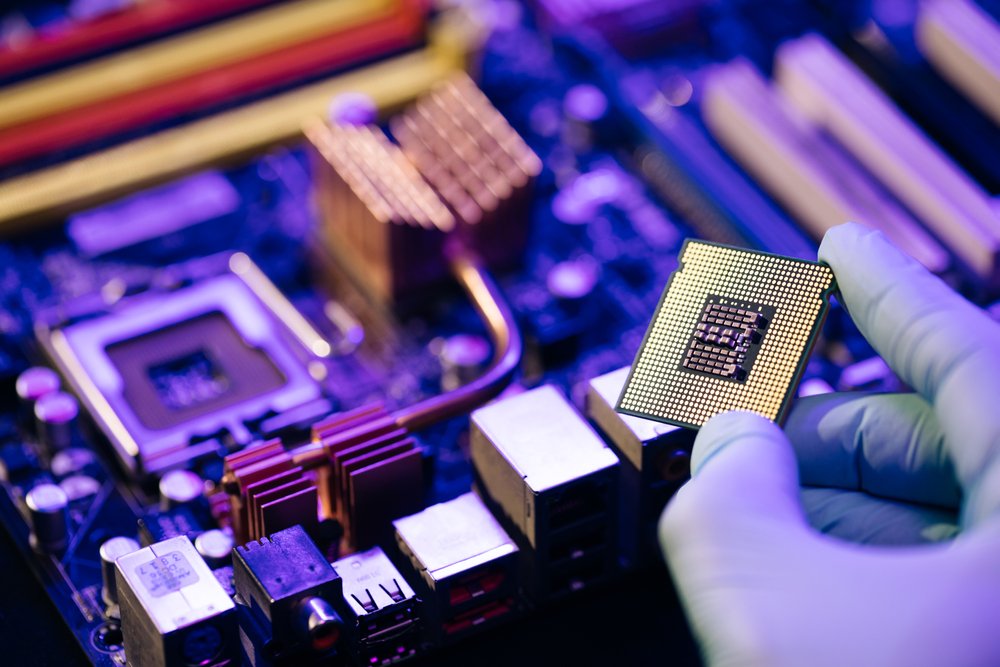A team of researchers from the University of Minnesota has achieved a significant breakthrough by synthesizing a thin film of a distinctive topological semimetal material, offering the potential to enhance computing power and memory storage while significantly reducing energy consumption. The researchers successfully created the material, composed of platinum, tin, and iron, in a thin-film format, and further studies unveiled its unique physics properties. The findings, reported in a paper in Nature Communications, shed light on the material’s potential for high performance with low energy consumption, making it a promising candidate for advanced electronic devices.
Topological semimetals are quantum materials that exhibit distinctive electronic behaviors, providing them with properties different from traditional insulators and metals used in electronic devices. Scientists and engineers are exploring these materials, particularly for spintronic devices, which leverage electron spin rather than electrical charge to process information and store data.
The University of Minnesota researchers pioneered a magnetic doping strategy to transition from a weak topological insulator to a topological semimetal, a significant advancement in topological materials research. Additionally, their innovative use of a patented, industry-compatible sputtering process facilitated the creation of this semimetal in a thin-film format, making it more accessible for adoption in real-world device manufacturing.
This novel class of materials presents an opportunity to improve the performance of electronic devices while drastically reducing energy consumption. By fabricating a high-quality material, the researchers could closely examine its fundamental properties, including a unique characteristic of negative resistance when a magnetic field is applied, defying the conventional behavior observed in other materials.
The collaborative efforts of the interdisciplinary team, comprising experts in theory and computation, material growth, characterization, and device fabrication, have been crucial in advancing this research. The researchers’ dedication and combined expertise have paved the way for potential future technology applications, facilitating the transition from laboratory research to industrial implementation.
May also be interesting: HiTech Mining Industry News!






